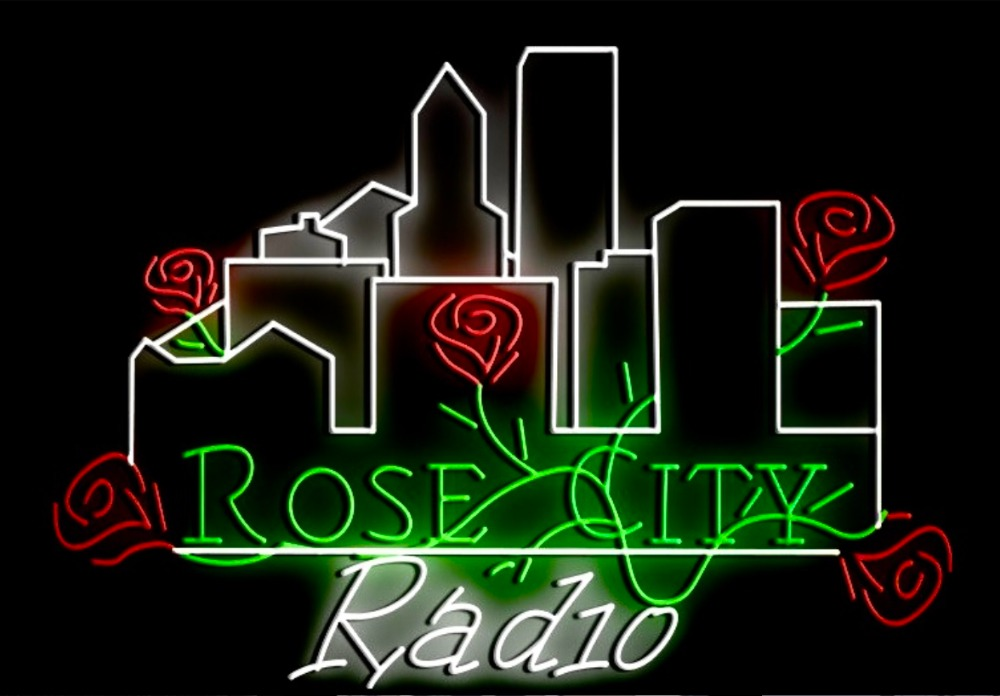80’s @ eight

Show Times
Timezone: PST [UTC-8]| Mon: |
8:00 am
-
8:59 am
[
-
]
8:00 pm
-
8:59 pm
[
-
]
|
Tue: |
8:00 am
-
8:59 am
[
-
]
8:00 pm
-
8:59 pm
[
-
]
|
Wed: |
8:00 am
-
8:59 am
[
-
]
8:00 pm
-
8:59 pm
[
-
]
|
Thu: |
8:00 am
-
8:59 am
[
-
]
8:00 pm
-
8:59 pm
[
-
]
|
Fri: |
8:00 am
-
8:59 am
[
-
]
8:00 pm
-
8:59 pm
[
-
]
|
Sat: |
8:00 am
-
8:59 am
[
-
]
8:00 pm
-
8:59 pm
[
-
]
|
Sun: |
8:00 pm
-
8:59 pm
[
-
]
8:00 am
-
8:59 am
[
-
]
|
About the Show
The 1980s marked a vibrant and eclectic era in popular music, characterized by the emergence of new wave, synth-pop, and the increasing influence of electronic instruments and production techniques. This decade witnessed a fusion of various genres, the rise of MTV and music videos, and the establishment of iconic pop stars. Here’s a synopsis of the popular music scene during this transformative decade:
The 1980s kicked off with the continued influence of disco, but it quickly gave way to new wave, a genre that blended elements of punk, electronic music, and pop. Artists like Blondie, The Police, Duran Duran, and Talking Heads embraced synthesizers, catchy melodies, and fashion-forward aesthetics, creating a sound that was both edgy and accessible. New wave brought a fresh energy to the music scene, appealing to both mainstream and alternative audiences.
Simultaneously, the advent of affordable synthesizers and drum machines led to the rise of synth-pop. Artists like Depeche Mode, Human League, Pet Shop Boys, and Eurythmics crafted infectious and danceable electronic pop songs, incorporating synthesized sounds and innovative production techniques. Synth-pop became a dominant force in the charts, epitomizing the futuristic sound of the decade.
The 1980s also witnessed the mainstream success of pop icons such as Michael Jackson, Madonna, and Prince, who became synonymous with the decade’s pop culture. Michael Jackson’s album “Thriller” became the best-selling album of all time, blending pop, R&B, and rock influences with his dynamic performances and groundbreaking music videos. Madonna pushed boundaries with her provocative image, catchy pop songs, and constant reinvention, while Prince showcased his musical virtuosity, blending funk, rock, and R&B with his unique style and flamboyant stage presence.
MTV (Music Television) played a significant role in the popular music landscape of the 1980s. The launch of the channel in 1981 revolutionized the music industry by bringing music videos into the mainstream. Artists and bands began using music videos as a promotional tool, with elaborate visuals and storytelling elements. MTV became a cultural phenomenon, shaping trends in fashion, music, and youth culture.
Additionally, the 1980s saw the rise of hip hop and rap music, originating from the streets of New York City. Artists such as Run-D.M.C., Grandmaster Flash and the Furious Five, and Public Enemy brought a new style of music that combined rhythmic poetry, innovative sampling, and DJ techniques. Hip hop became a powerful form of expression for African American and urban communities, addressing social issues and reflecting the realities of inner-city life.
Rock music continued to evolve in the 1980s, with the emergence of subgenres like glam metal and alternative rock. Bands like Bon Jovi, Guns N’ Roses, and Def Leppard dominated the airwaves with their anthemic rock songs and flamboyant personas. Meanwhile, alternative rock acts such as R.E.M., The Cure, and The Smiths provided an alternative to the glossy mainstream sound, with their introspective lyrics and distinct sonic landscapes.
In summary, the 1980s was a decade of musical diversity and innovation. New wave, synth-pop, pop icons, hip hop, and the influence of MTV shaped the popular music scene. This era witnessed the fusion of electronic and traditional instruments, the rise of music videos, and the establishment of iconic artists who defined the sound and style of the decade. The music of the 1980s continues to hold a special place in popular culture, representing a unique era of creativity and sonic exploration.

